
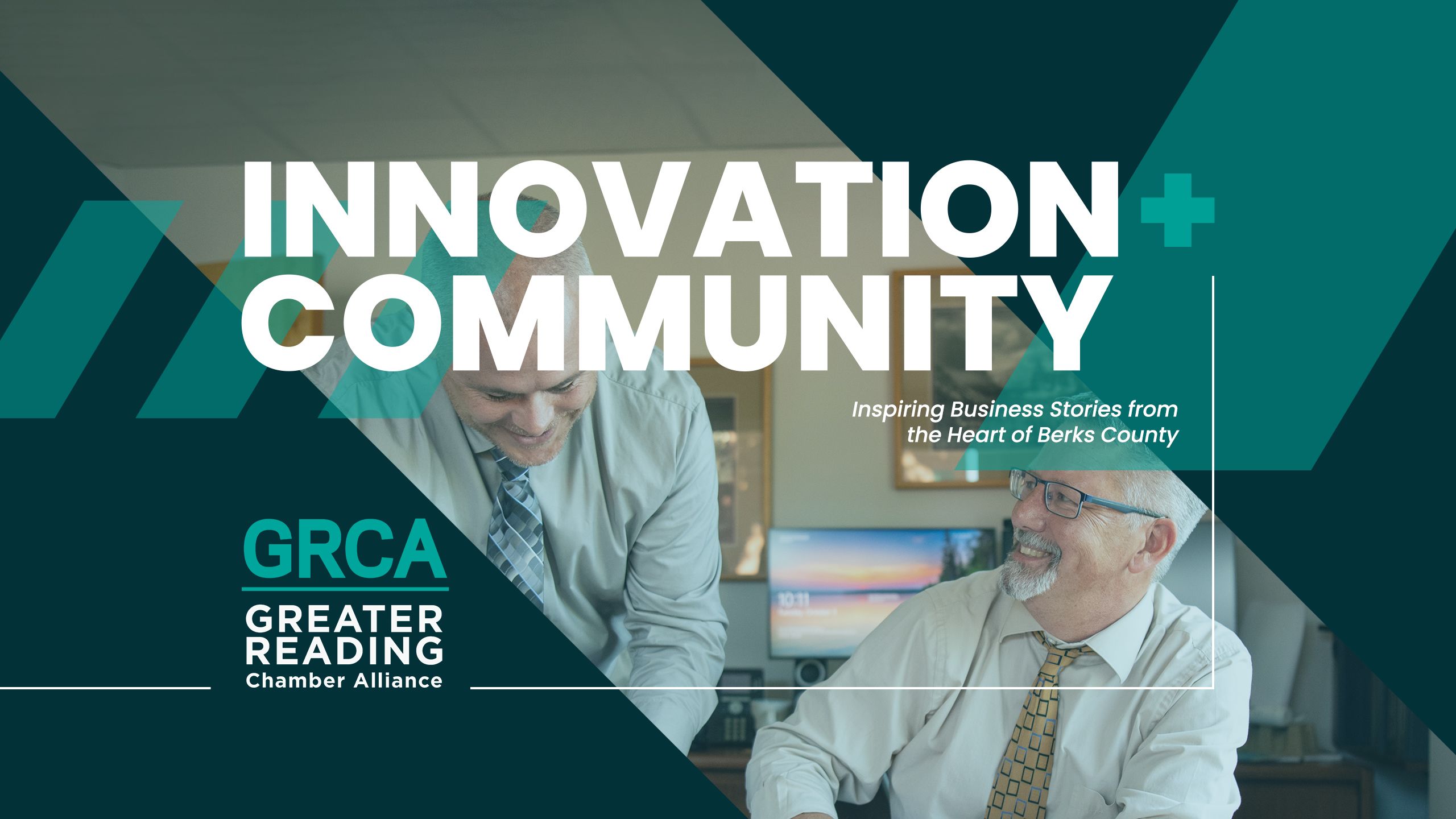
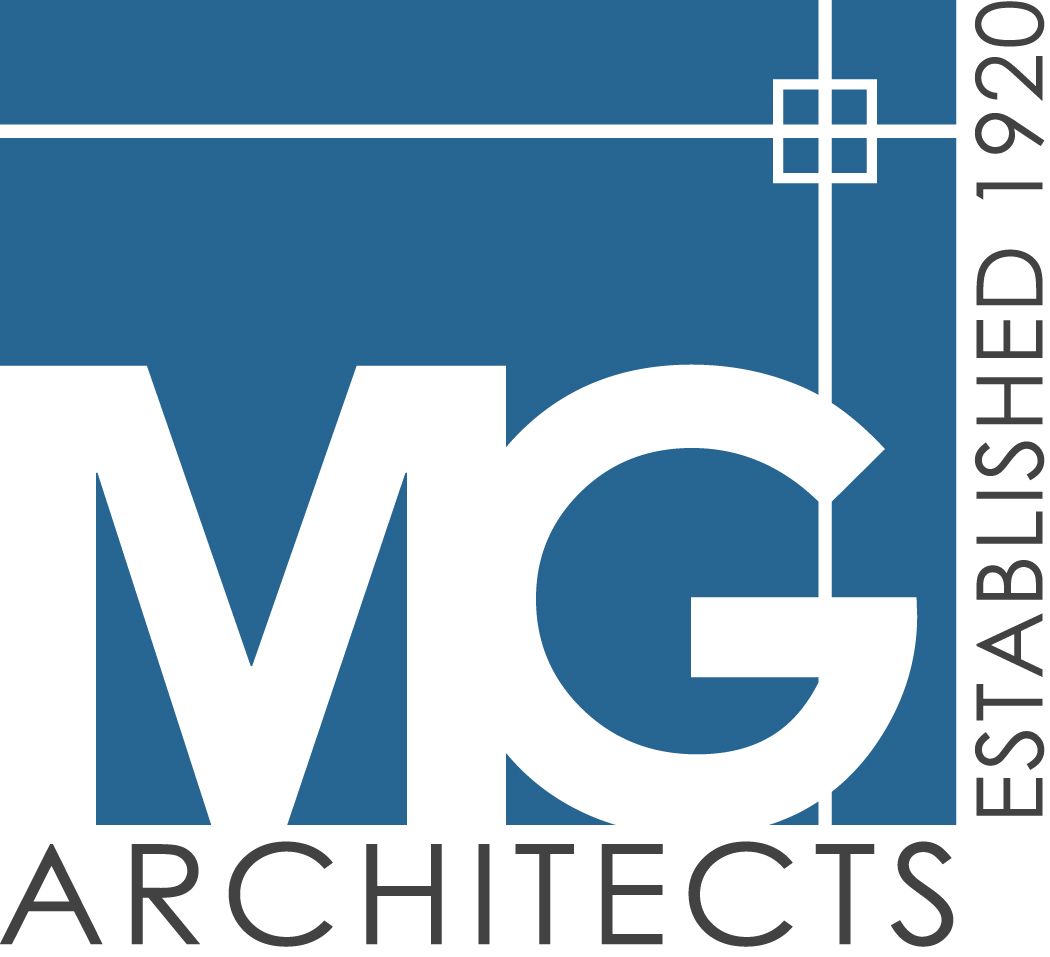
If you take a leisurely drive down Penn Street or venture up the winding twists and turns of Hill Road, you’ll find traces of the past adorning the homes and buildings, from elegant arches to stately structures. The city’s charm is a testament not just to its rich and vibrant history, but to masterpieces crafted by MG Architects—an architectural firm with more than a century of work in and around Reading, Pa. In the delicate dance between preserving tradition and shaping a vibrant future, MG Architects emerges as the artisan, the artist and the architect behind some of Reading’s most iconic landmarks. Let’s dive into the story of MG Architects, one brick at a time.


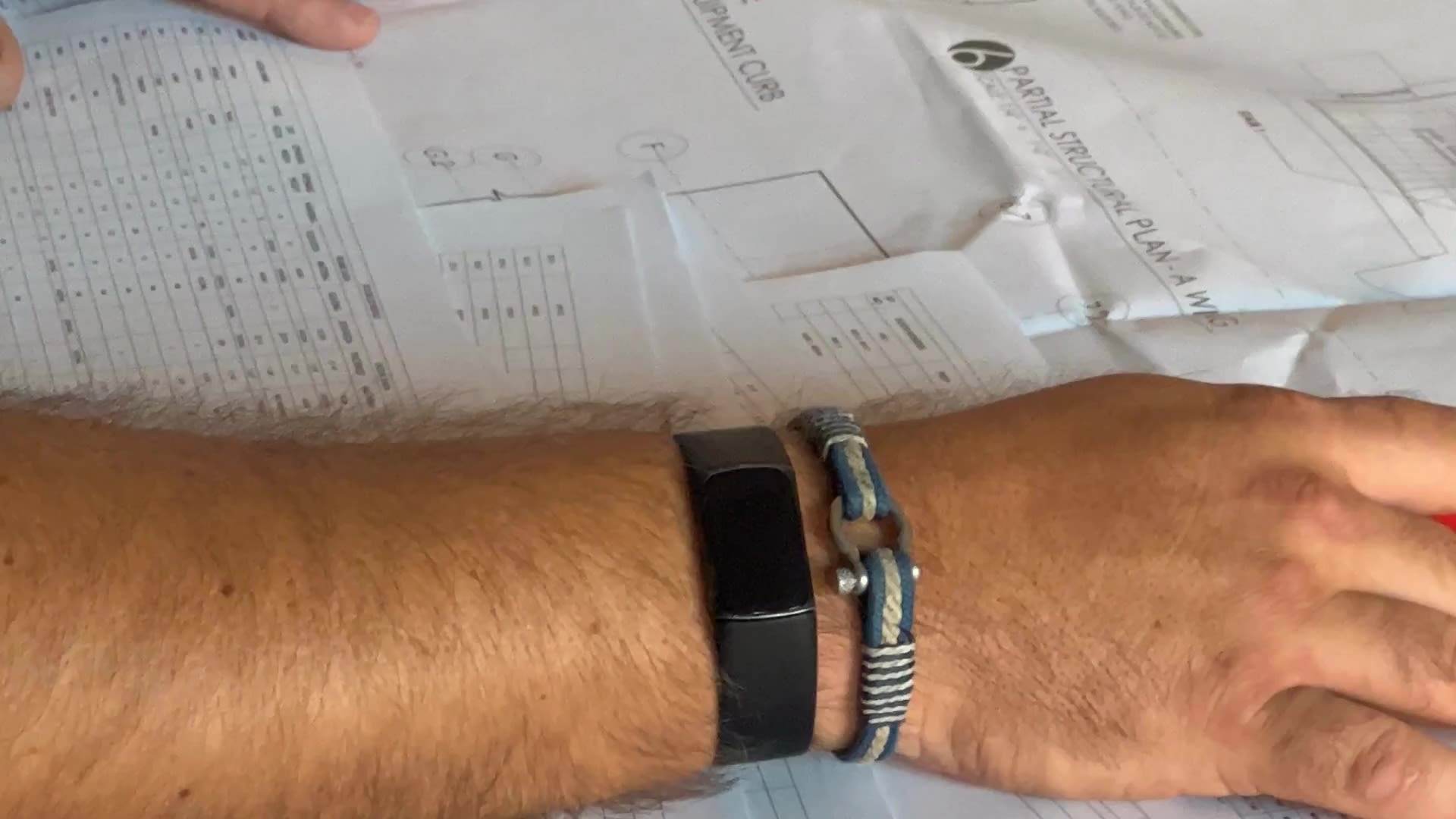
If you take a leisurely drive down Penn Street or venture up the winding twists and turns of Hill Road, you’ll find traces of the past adorning the homes and buildings, from elegant arches to stately structures. The city’s charm is a testament not just to its rich and vibrant history, but to masterpieces crafted by MG Architects—an architectural firm with more than a century of work in and around Reading, Pa. In the delicate dance between preserving tradition and shaping a vibrant future, MG Architects emerges as the artisan, the artist and the architect behind some of Reading’s most iconic landmarks. Let’s dive into the story of MG Architects, one brick at a time.
The Story Behind MG Architects
In the vibrant tapestry of Berks County's history, one name stands out: Frederick Augustus Muhlenberg. Born in Reading, Pennsylvania, on Sept. 25, 1887, he was a man of many dimensions—architect, community servant, political figure and military hero. His legacy, marked by valor in World War I and a profound impact on his hometown, laid the foundation for what would become Muhlenberg Greene Architects, Ltd.
After graduating from Gettysburg College in 1908 and the University of Pennsylvania School of Architecture in 1912, Muhlenberg enlisted in the U.S. Army in May 1917. His wartime exploits saw him rise to the rank of captain in the 314th Infantry, earning him accolades such as the Distinguished Service Cross, a Purple Heart and the Croix de Guerre from France.
Post-war, Muhlenberg returned to Reading and, in 1920, founded a firm that would play a pivotal role in shaping the architectural landscape of Berks County. His leadership extended beyond architecture; he served as a U.S. Congressman and actively participated in various community organizations.
The firm experienced a major transformation in 1965 when Muhlenberg partnered with Lawrence A. Greene, Jr., forming Muhlenberg Greene Architects. The collaboration proved fruitful, with Greene's organizational prowess complementing Muhlenberg's architectural acumen.
Greene's leadership, following Muhlenberg's retirement in 1977, marked an era of significant contributions to downtown Reading's redevelopment. The firm played a pivotal role in projects like the Penn Square Center, the Glen Gery building, the General Battery building and numerous others that reshaped the cityscape. Under Greene's guidance, the firm embraced historic rehabilitation projects, breathing new life into iconic structures.
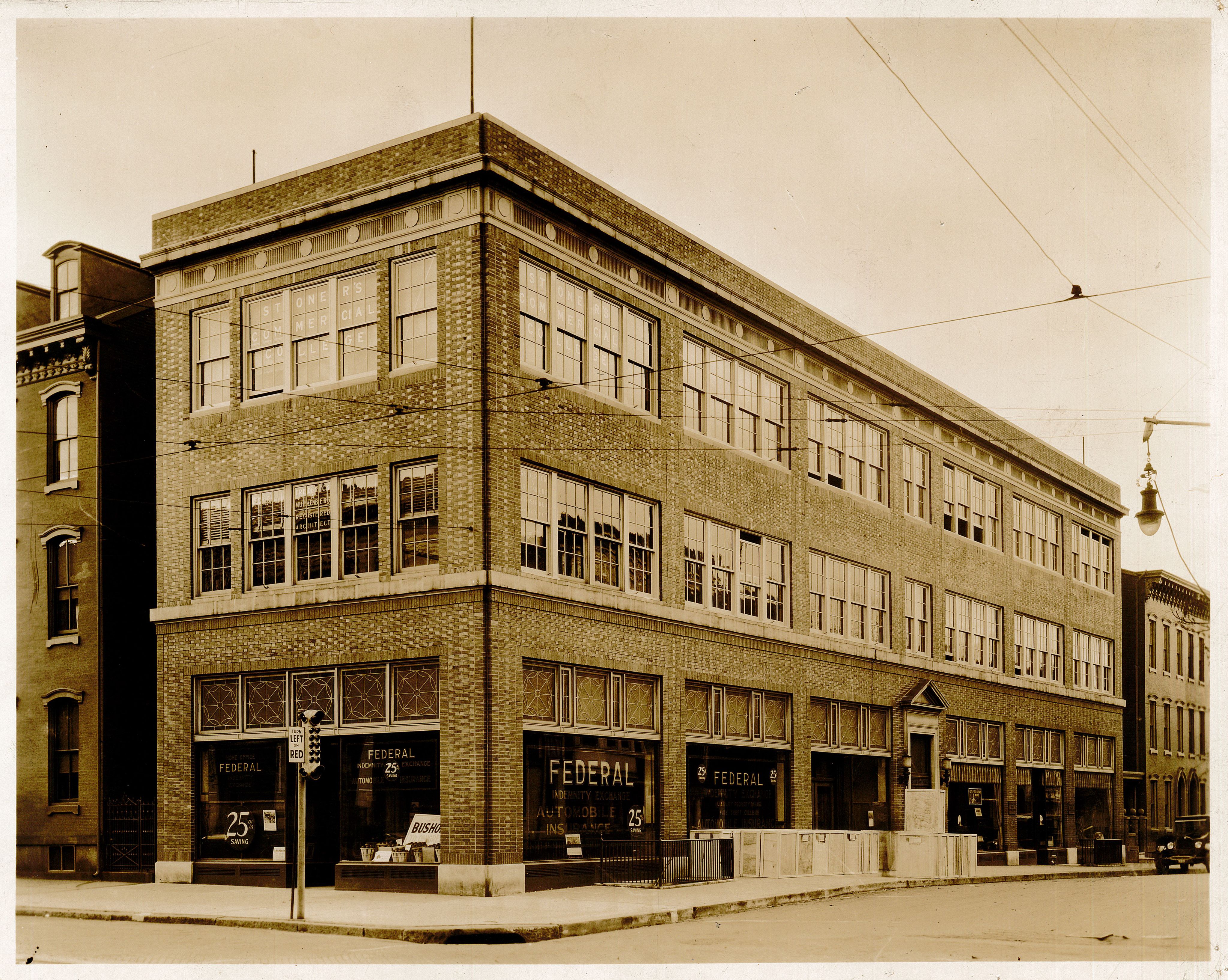
Today, MG Architects boasts a diverse portfolio that spans commercial office buildings, municipal works, public institutions, schools, higher education colleges, manufacturing and industrial complexes. The current principals continue to shape Berks County’s evolution and have further developed the firm’s reputation for adaptive reuse, sustainability and creativity.
Armed with a deep respect for the history and infrastructure of Reading and the surrounding areas, MG Architects creates designs that both honor the past and embrace the future. Here’s how.

The Story Behind MG Architects
In the vibrant tapestry of Berks County's history, one name stands out: Frederick Augustus Muhlenberg. Born in Reading, Pennsylvania, on Sept. 25, 1887, he was a man of many dimensions—architect, community servant, political figure and military hero. His legacy, marked by valor in World War I and a profound impact on his hometown, laid the foundation for what would become Muhlenberg Greene Architects, Ltd.
After graduating from Gettysburg College in 1908 and the University of Pennsylvania School of Architecture in 1912, Muhlenberg enlisted in the U.S. Army in May 1917. His wartime exploits saw him rise to the rank of captain in the 314th Infantry, earning him accolades such as the Distinguished Service Cross, a Purple Heart and the Croix de Guerre from France.
Post-war, Muhlenberg returned to Reading and, in 1920, founded a firm that would play a pivotal role in shaping the architectural landscape of Berks County. His leadership extended beyond architecture; he served as a U.S. Congressman and actively participated in various community organizations.
The firm experienced a major transformation in 1965 when Muhlenberg partnered with Lawrence A. Greene, Jr., forming Muhlenberg Greene Architects. The collaboration proved fruitful, with Greene's organizational prowess complementing Muhlenberg's architectural acumen.
Greene's leadership, following Muhlenberg's retirement in 1977, marked an era of significant contributions to downtown Reading's redevelopment. The firm played a pivotal role in projects like the Penn Square Center, the Glen Gery building, the General Battery building and numerous others that reshaped the cityscape. Under Greene's guidance, the firm embraced historic rehabilitation projects, breathing new life into iconic structures.
Today, MG Architects boasts a diverse portfolio that spans commercial office buildings, municipal works, public institutions, schools, higher education colleges, manufacturing and industrial complexes. The current principals continue to shape Berks County’s evolution and have further developed the firm’s reputation for adaptive reuse, sustainability and creativity.
Armed with a deep respect for the history and infrastructure of Reading and the surrounding areas, MG Architects creates designs that both honor the past and embrace the future. Here’s how.
Notable MG Architects Projects
Croll and Keck
c 1927
Charles Evans Cemetery Administration Building
c 1928
Whitner’s Exterior
c 1941
Whitner’s Interior
c 1941
St. Joseph’s Hospital
renovations c 1951
Whitner’s Interior
c 1941
Riverside Elementary School
c 1941
Pomeroy’s Department Store
c 1923



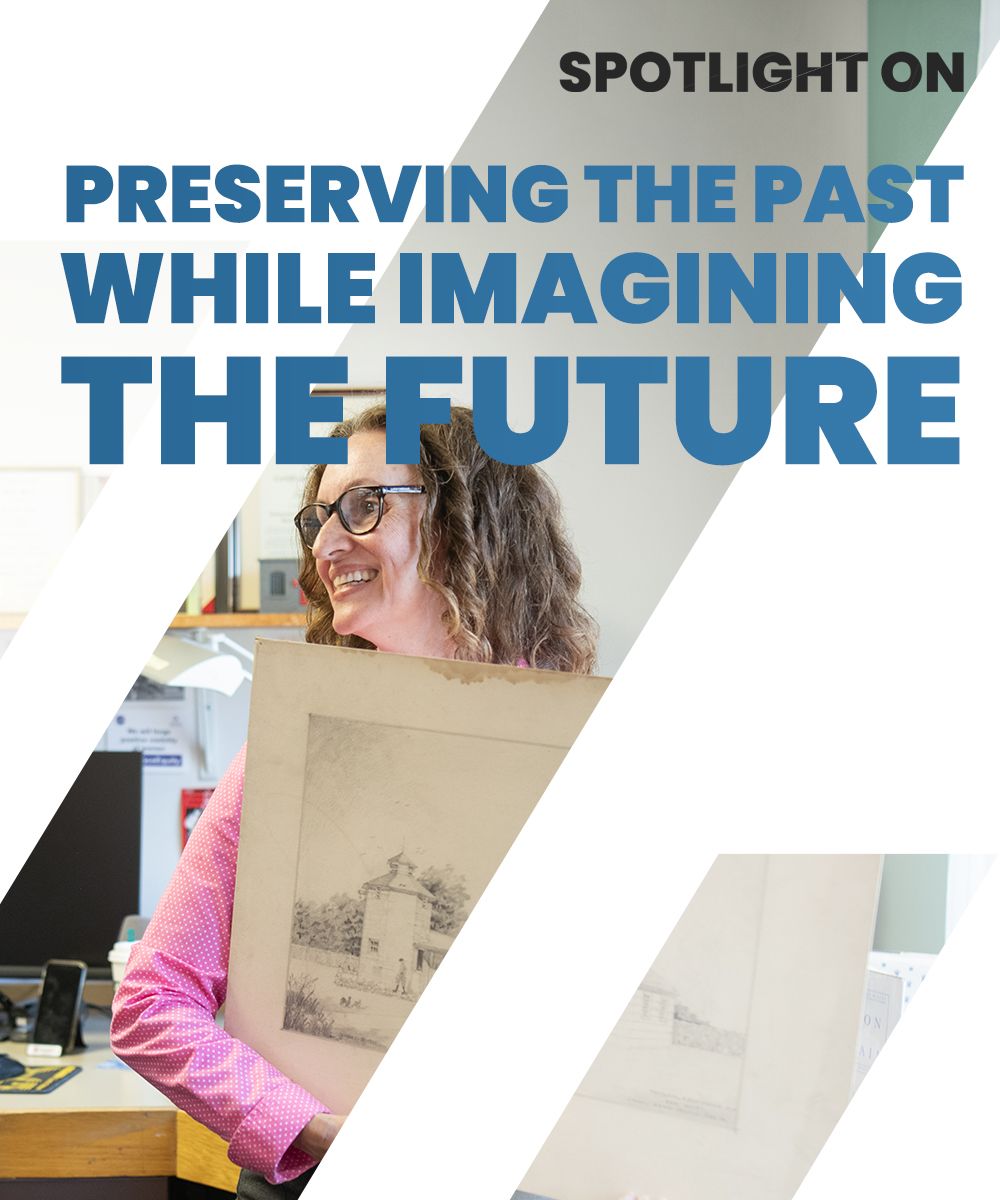
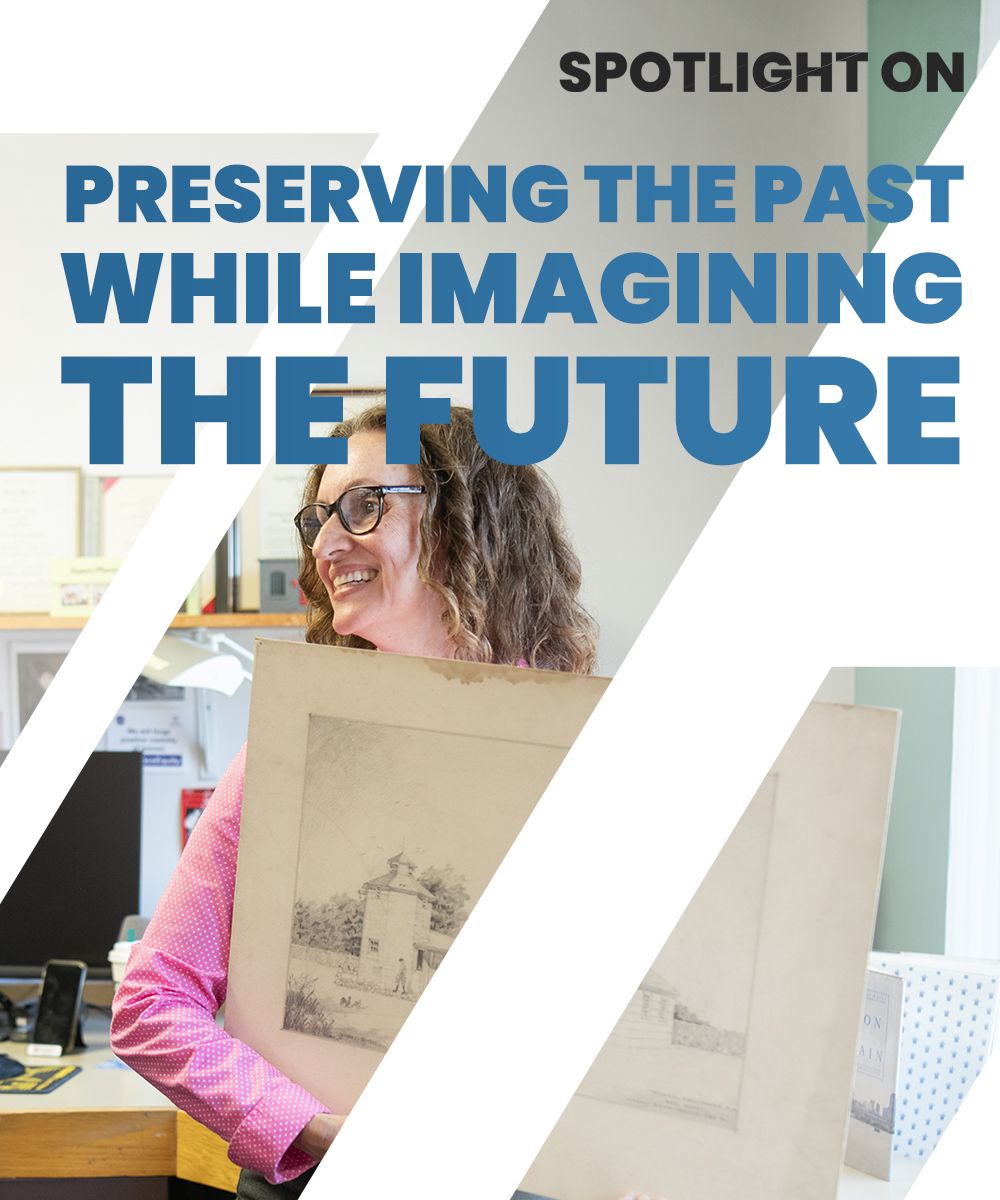
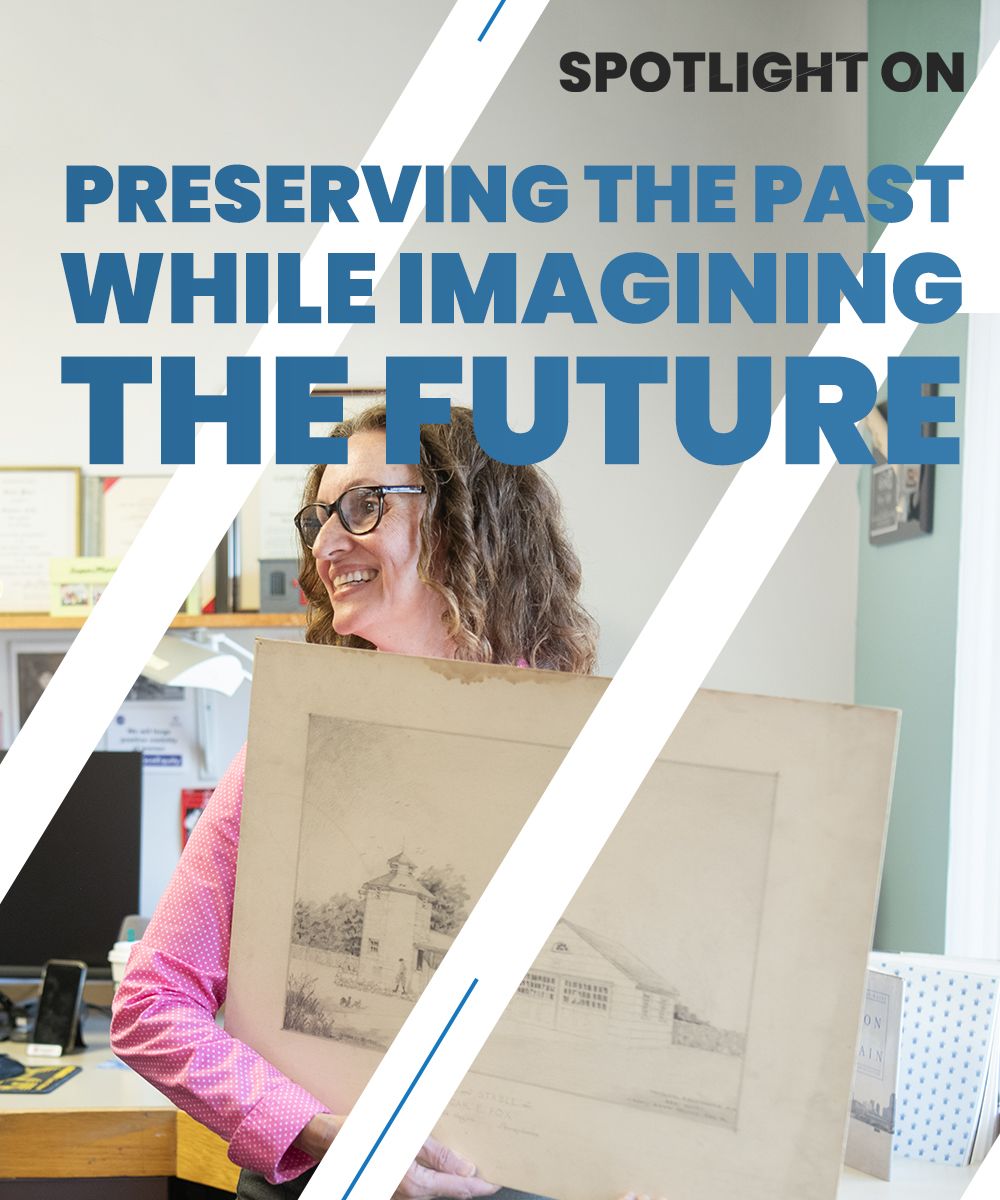

Adaptive reuse refers to the process of reusing an existing building for a purpose other than which it was originally built or designed. But for MG Architects, it’s more than just a process; it's a passion.
Seeing the city's existing fabric as a canvas for creativity, MG Architects excels at seamlessly blending the old with the new. Collaborating with both private investors and public administrations, it specializes in projects that involve transforming spaces with rich histories.
The company’s favorite endeavors involve reimagining existing spaces and giving them a fresh, new purpose. From converting an old J.C. Penney store into a vibrant church to rejuvenating historical landmarks, MG Architects projects pepper the cityscape of Reading and its surrounding hills and countryside, adding dashes of style and romance.
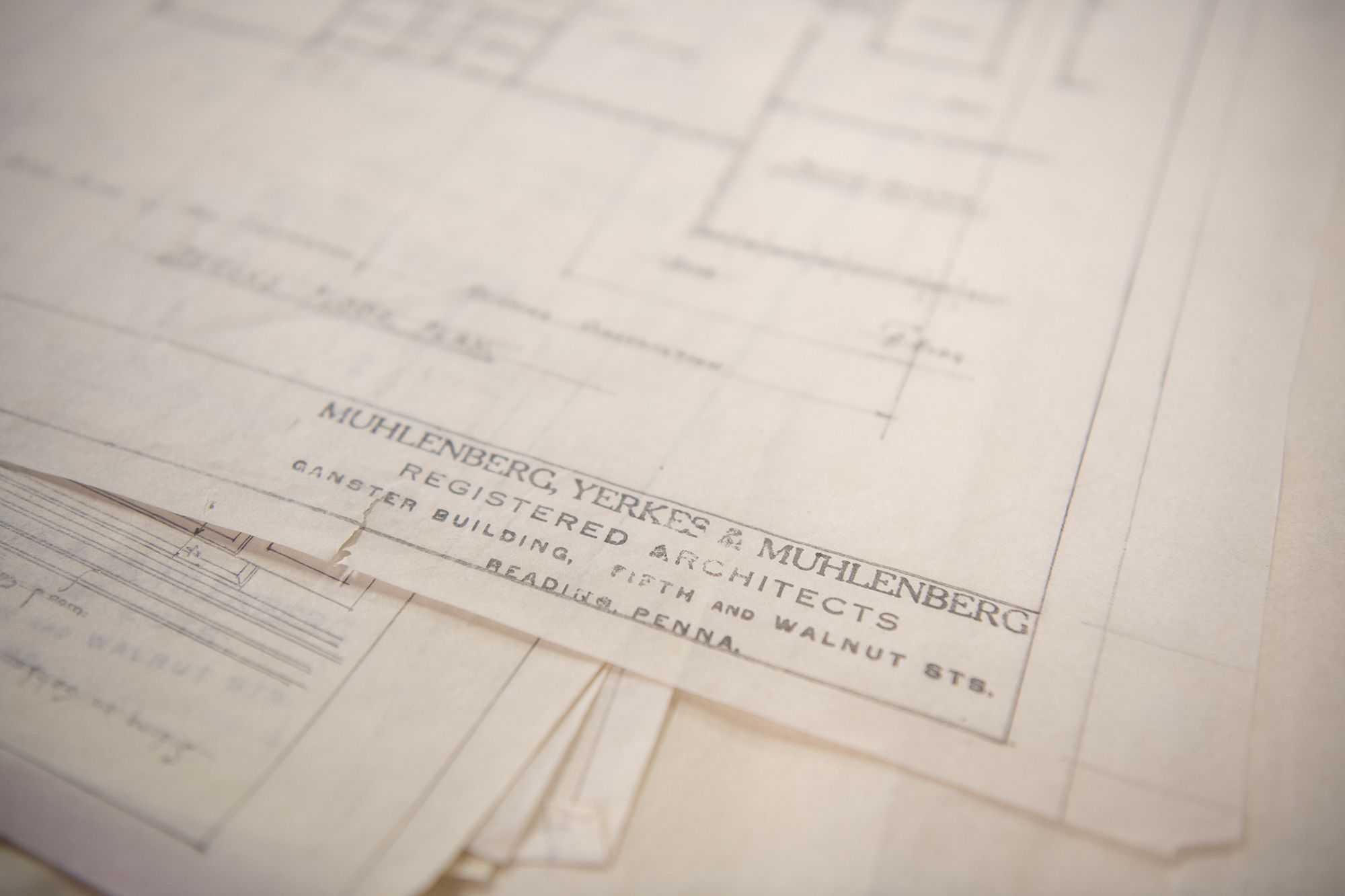
Not only does adaptive reuse preserve the beauty and the stories of the past, it forges a more sustainable path forward. Demolishing an existing building creates a lot of landfill waste. By keeping the bones in place, MG Architects avoids excessive waste and capitalizes on the reasons why a building may have been standing for 100 years or more.
“Going through the adaptive reuse process breathes new life into the city,” explains Graham. “We're still at the forefront of this movement right now, but we're going to see revitalization efforts pick up more and more, especially downtown, and then hopefully spread out from there.”
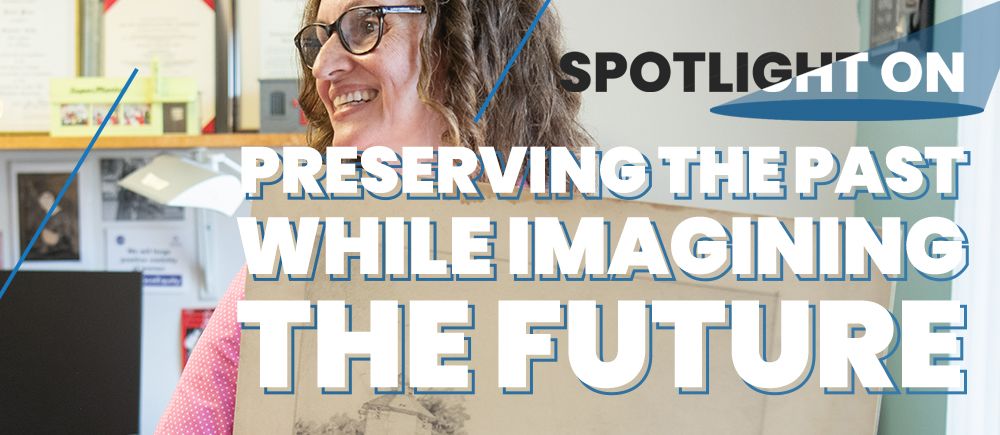
Adaptive reuse refers to the process of reusing an existing building for a purpose other than which it was originally built or designed. But for MG Architects, it’s more than just a process; it's a passion.
Seeing the city's existing fabric as a canvas for creativity, MG Architects excels at seamlessly blending the old with the new. Collaborating with both private investors and public administrations, it specializes in projects that involve transforming spaces with rich histories.
The company’s favorite endeavors involve reimagining existing spaces and giving them a fresh, new purpose. From converting an old J.C. Penney store into a vibrant church to rejuvenating historical landmarks, MG Architects projects pepper the cityscape of Reading and its surrounding hills and countryside, adding dashes of style and romance.

Not only does adaptive reuse preserve the beauty and the stories of the past, it forges a more sustainable path forward. Demolishing an existing building creates a lot of landfill waste. By keeping the bones in place, MG Architects avoids excessive waste and capitalizes on the reasons why a building may have been standing for 100 years or more.
“Going through the adaptive reuse process breathes new life into the city,” explains Graham. “We're still at the forefront of this movement right now, but we're going to see revitalization efforts pick up more and more, especially downtown, and then hopefully spread out from there.”
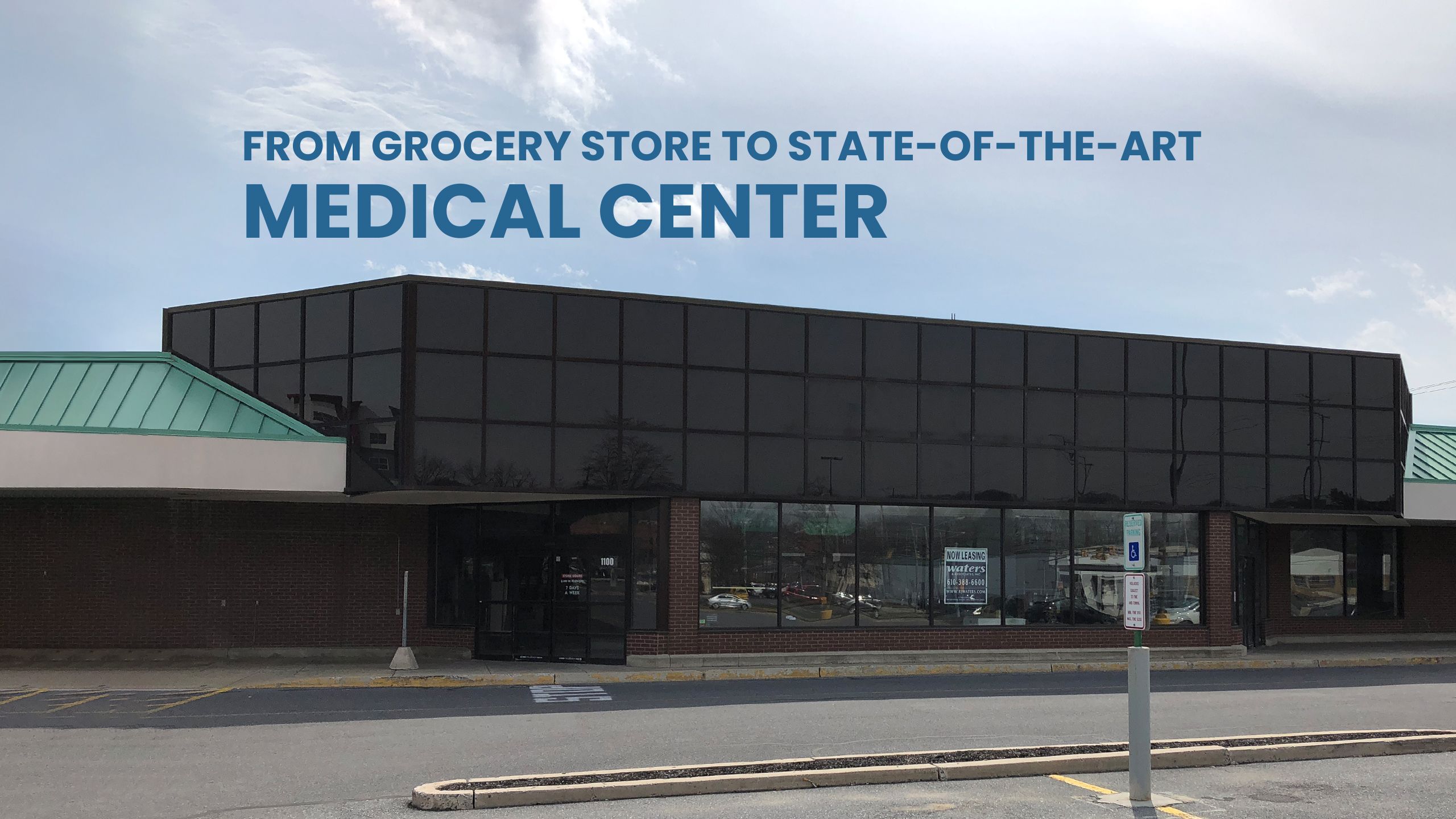

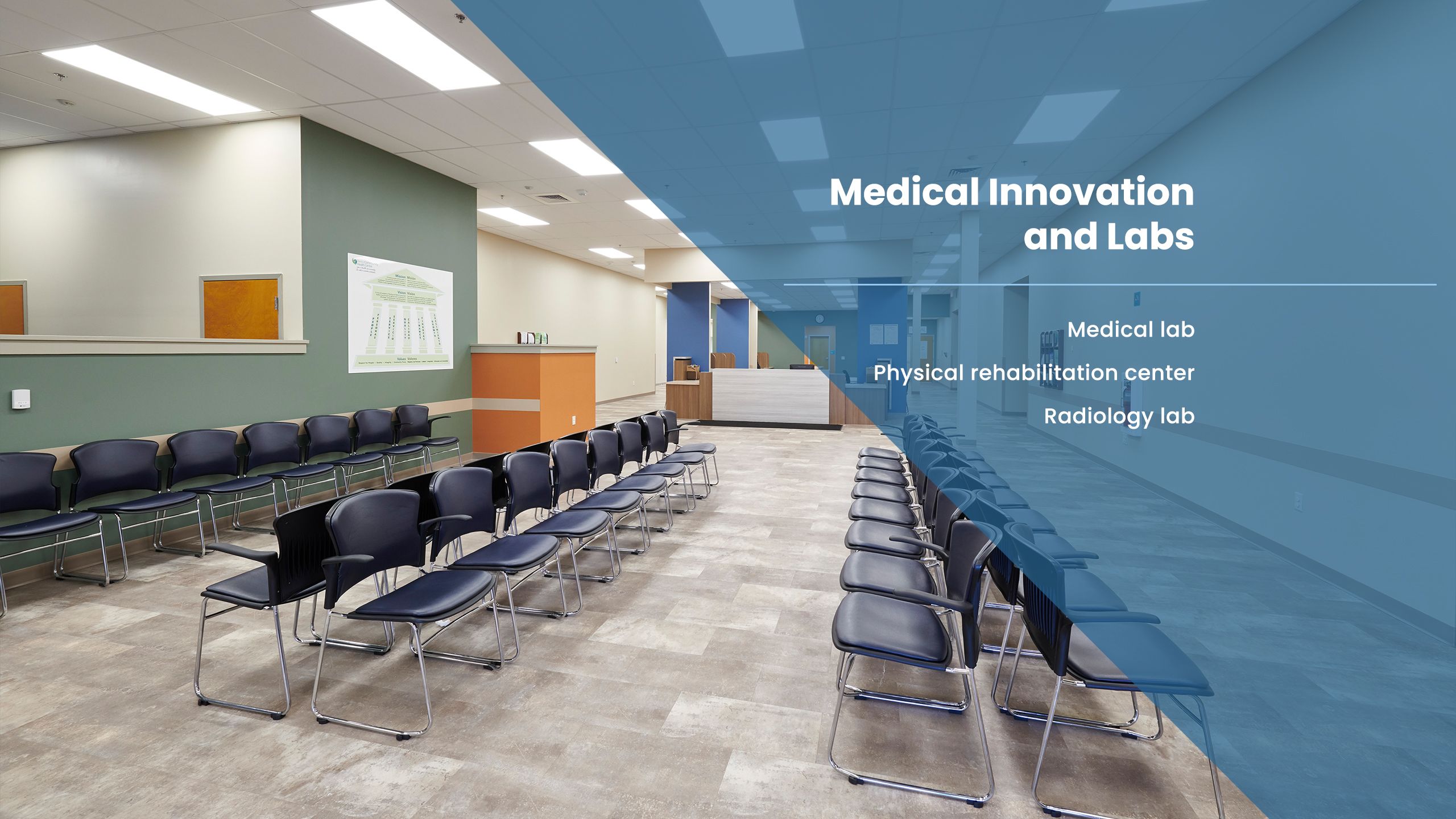
Despite boasting more than 100 years of history and experience, MG Architects' approach is far from old-fashioned. The firm has integrated cutting-edge technology into its design process, creating exceptional experiences that captivate its clients.
One of the standout features MG Architects has developed is a mesmerizing 3D tour, as highlighted in the video below. The firm employs advanced rendering techniques that go beyond mere static images, creating a dynamic and immersive experience for viewers.
“The 3D tour feels as if the project has already been brought to life,” Sarro says. “And we’ve even developed an ability to showcase day-to-night transitions in the renderings that allow the clients to envision what the building will look like, not just during the day, but also at night and during different weather scenarios.”
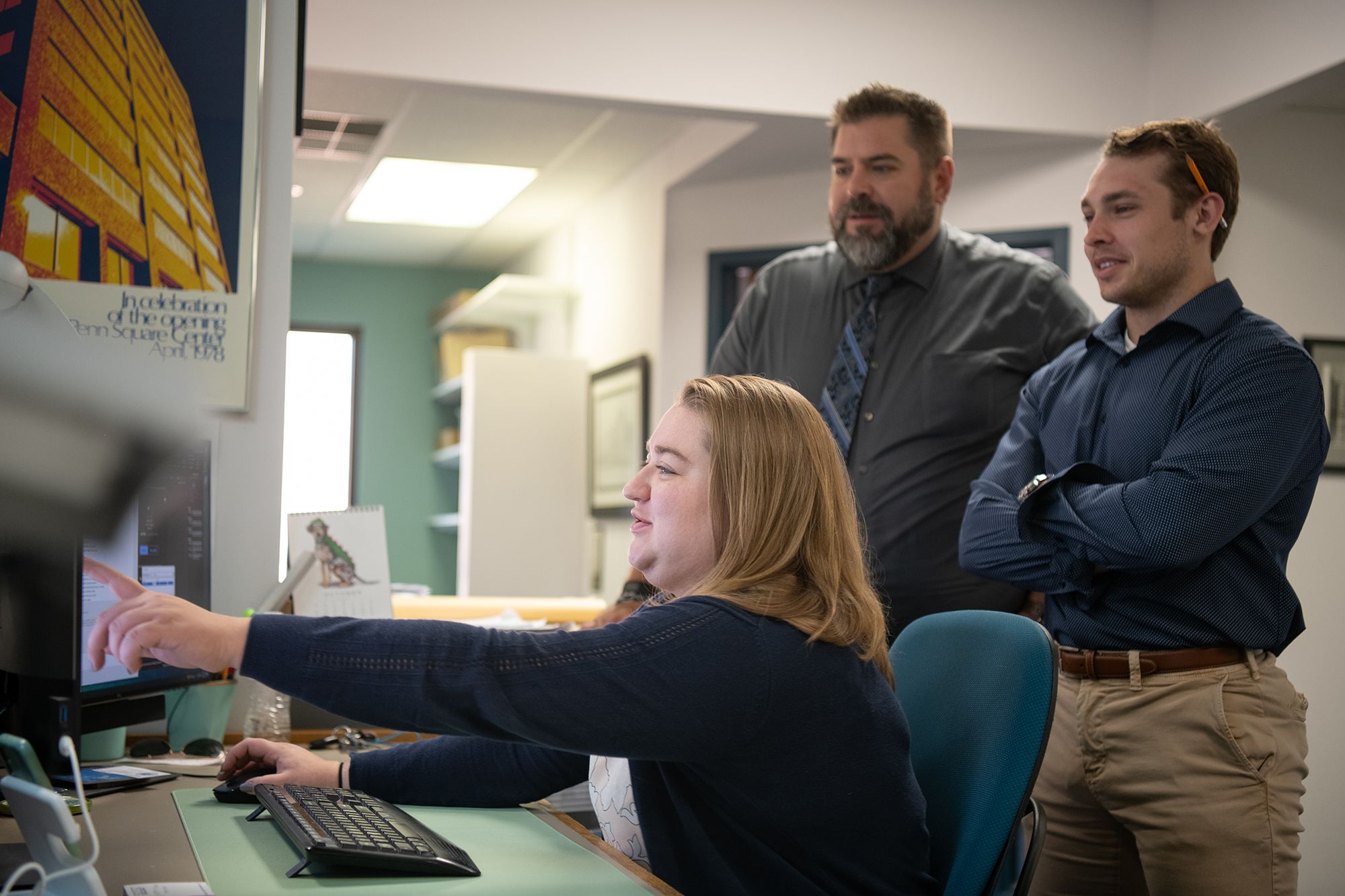
This technology isn't just for show; it serves a practical purpose in architectural design and engineering. 3D renderings aid in visualizing and identifying potential issues, such as misplaced beams or HVAC ducts, ensuring a smoother design and construction process.
Despite their technological prowess, the principals and their team retain an appreciation for traditional hand sketches.
“Whatever the cognitive processes are that flow from the pen to the paper, through your hand, and up into your brain…Whatever that is, it's different from what happens with a computer mouse and a screen,” Sarro says with a smile. And when new interns arrive, the principals joke that their computers are initially stripped away and they’re handed a good old-fashioned no. 2 pencil!



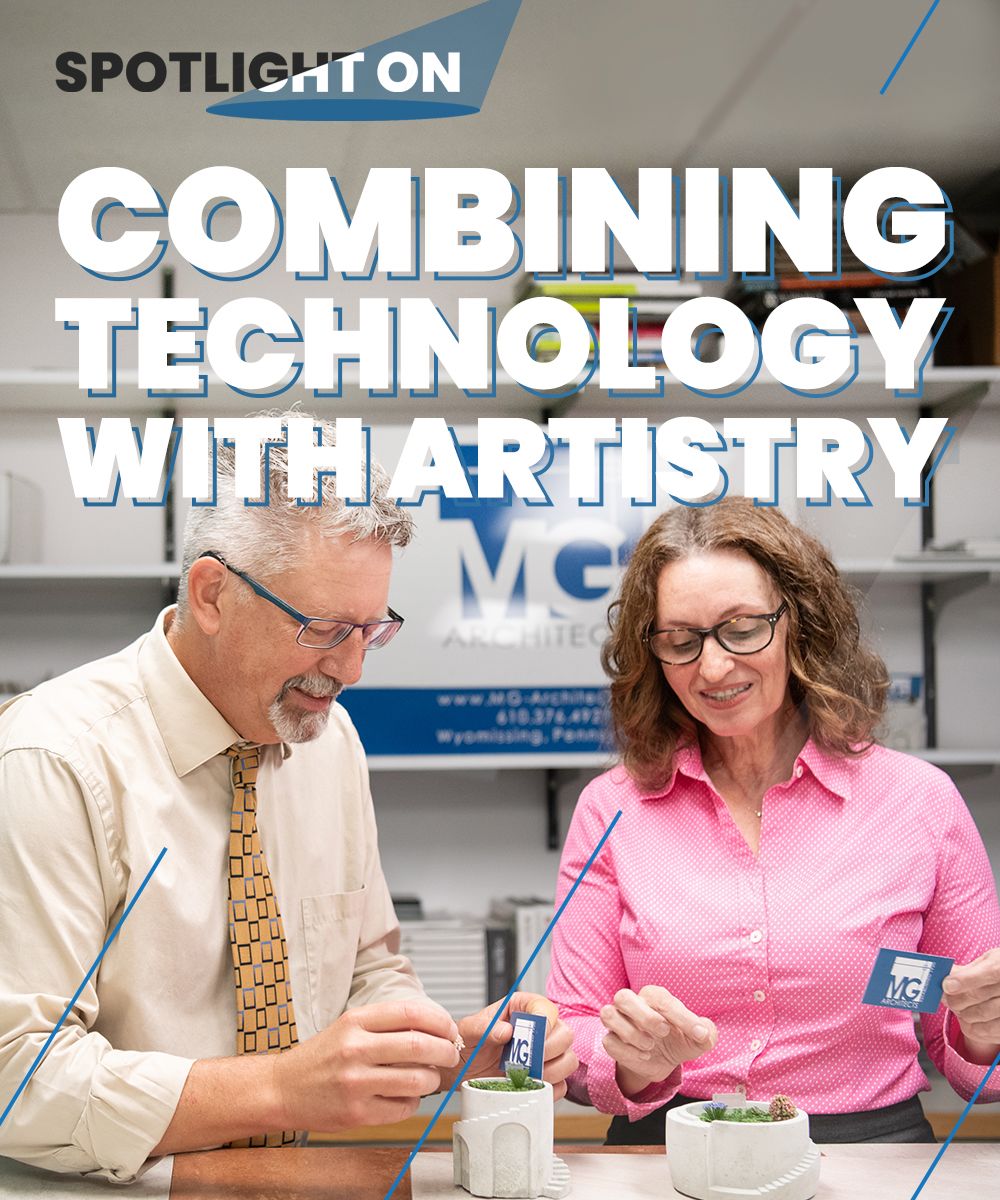

Despite boasting more than 100 years of history and experience, MG Architects' approach is far from old-fashioned. The firm has integrated cutting-edge technology into its design process, creating exceptional experiences that captivate its clients.
One of the standout features MG Architects has developed is a mesmerizing 3D tour, as highlighted in the video below. The firm employs advanced rendering techniques that go beyond mere static images, creating a dynamic and immersive experience for viewers.
“The 3D tour feels as if the project has already been brought to life,” Sarro says. “And we’ve even developed an ability to showcase day-to-night transitions in the renderings that allow the clients to envision what the building will look like, not just during the day, but also at night and during different weather scenarios.”

This technology isn't just for show; it serves a practical purpose in architectural design and engineering. 3D renderings aid in visualizing and identifying potential issues, such as misplaced beams or HVAC ducts, ensuring a smoother design and construction process.
Despite their technological prowess, the principals and their team retain an appreciation for traditional hand sketches.
“Whatever the cognitive processes are that flow from the pen to the paper, through your hand, and up into your brain…Whatever that is, it's different from what happens with a computer mouse and a screen,” Sarro says with a smile. And when new interns arrive, the principals joke that their computers are initially stripped away and they’re handed a good old-fashioned no. 2 pencil!
Beneath the history, the technology and the innovation at MG Architects lies a genuine passion for community service. The team's commitment extends beyond architectural projects, as both the firm and its team members make giving back a priority.
From personal involvement to team-wide efforts, the team at MG Architects is deeply involved with many of the area’s community organizations, nonprofits, and industry and business associations. Each member of the team is encouraged to join a committee or volunteer for events and initiatives that speak to them or that support the citizens of Berks County and beyond. Some of the organizations MG Architects employees have supported include Children’s Home of Reading, Bethany Children’s Home, Habitat for Humanity, Reading Science Center and the Greater Reading Young Professionals.

By actively engaging with various local organizations and associations, the firm aims to create a positive ripple effect that goes “beyond the blueprints.” This emphasis on maintaining partnerships and nurturing relationships puts resources, opportunities and care back into the community—something that MG Architects has been passionate about since day one.
“We're part of the fabric of the neighborhood, so it's important that we understand our fellow organizations’ needs and issues,” says Conklin. “Not just from an architectural standpoint, but from a community standpoint. These are our neighbors, and they’re our friends.”





Beneath the history, the technology and the innovation at MG Architects lies a genuine passion for community service. The team's commitment extends beyond architectural projects, as both the firm and its team members make giving back a priority.
From personal involvement to team-wide efforts, the team at MG Architects is deeply involved with many of the area’s community organizations, nonprofits, and industry and business associations. Each member of the team is encouraged to join a committee or volunteer for events and initiatives that speak to them or that support the citizens of Berks County and beyond. Some of the organizations MG Architects employees have supported include Children’s Home of Reading, Bethany Children’s Home, Habitat for Humanity, Reading Science Center and the Greater Reading Young Professionals.
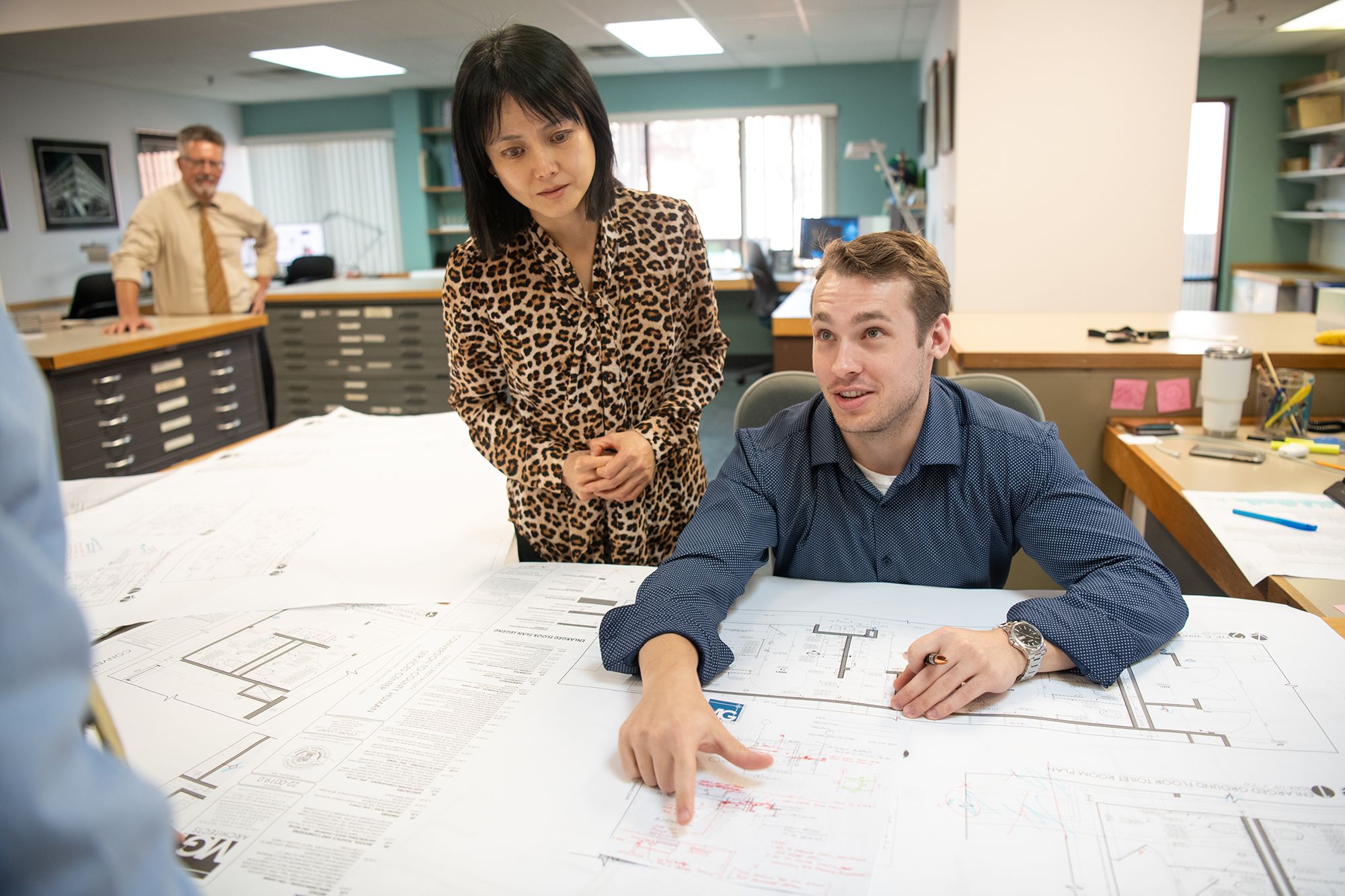
By actively engaging with various local organizations and associations, the firm aims to create a positive ripple effect that goes “beyond the blueprints.” This emphasis on maintaining partnerships and nurturing relationships puts resources, opportunities and care back into the community—something that MG Architects has been passionate about since day one.
“We're part of the fabric of the neighborhood, so it's important that we understand our fellow organizations’ needs and issues,” says Conklin. “Not just from an architectural standpoint, but from a community standpoint. These are our neighbors, and they’re our friends.”


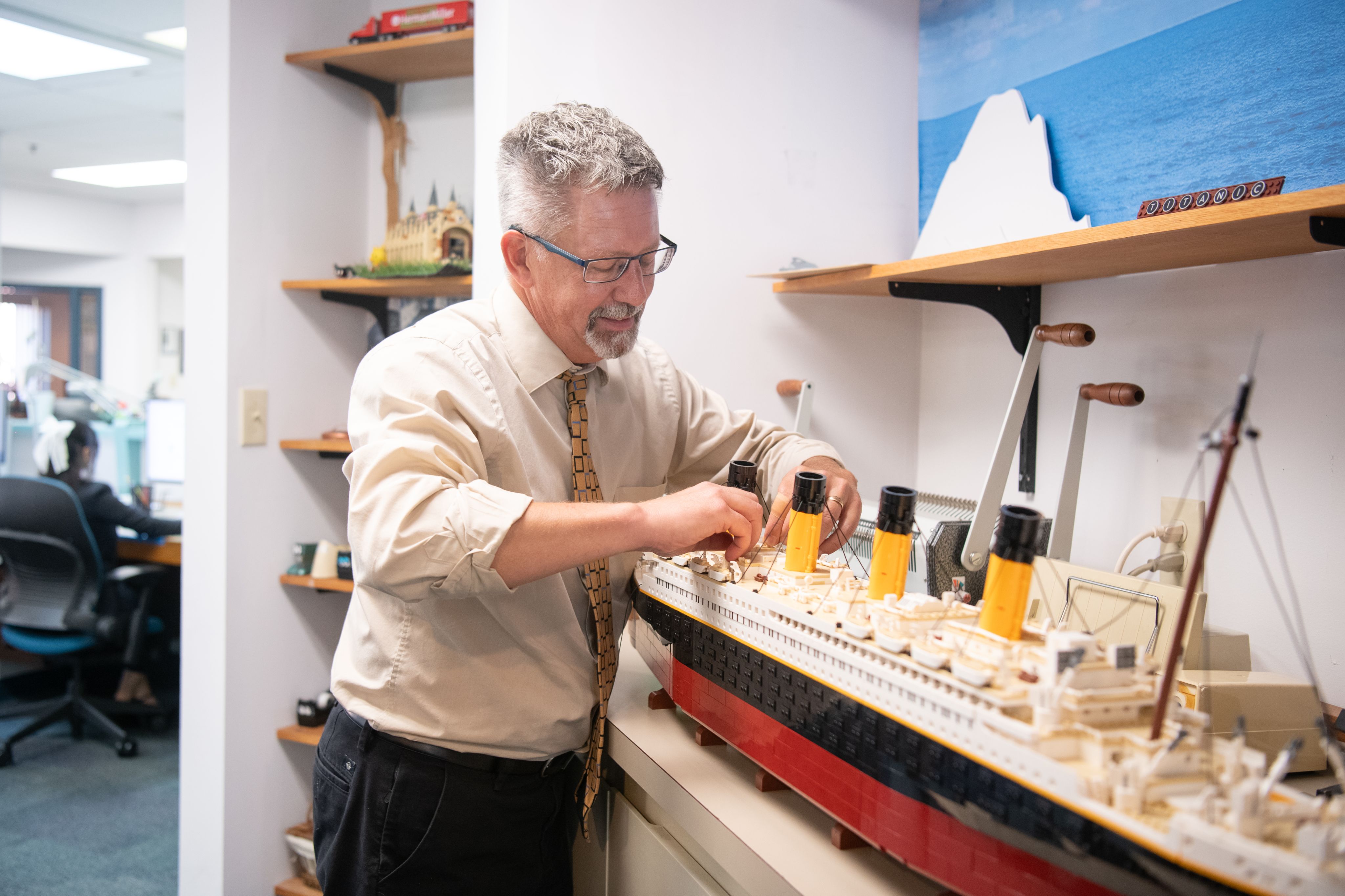

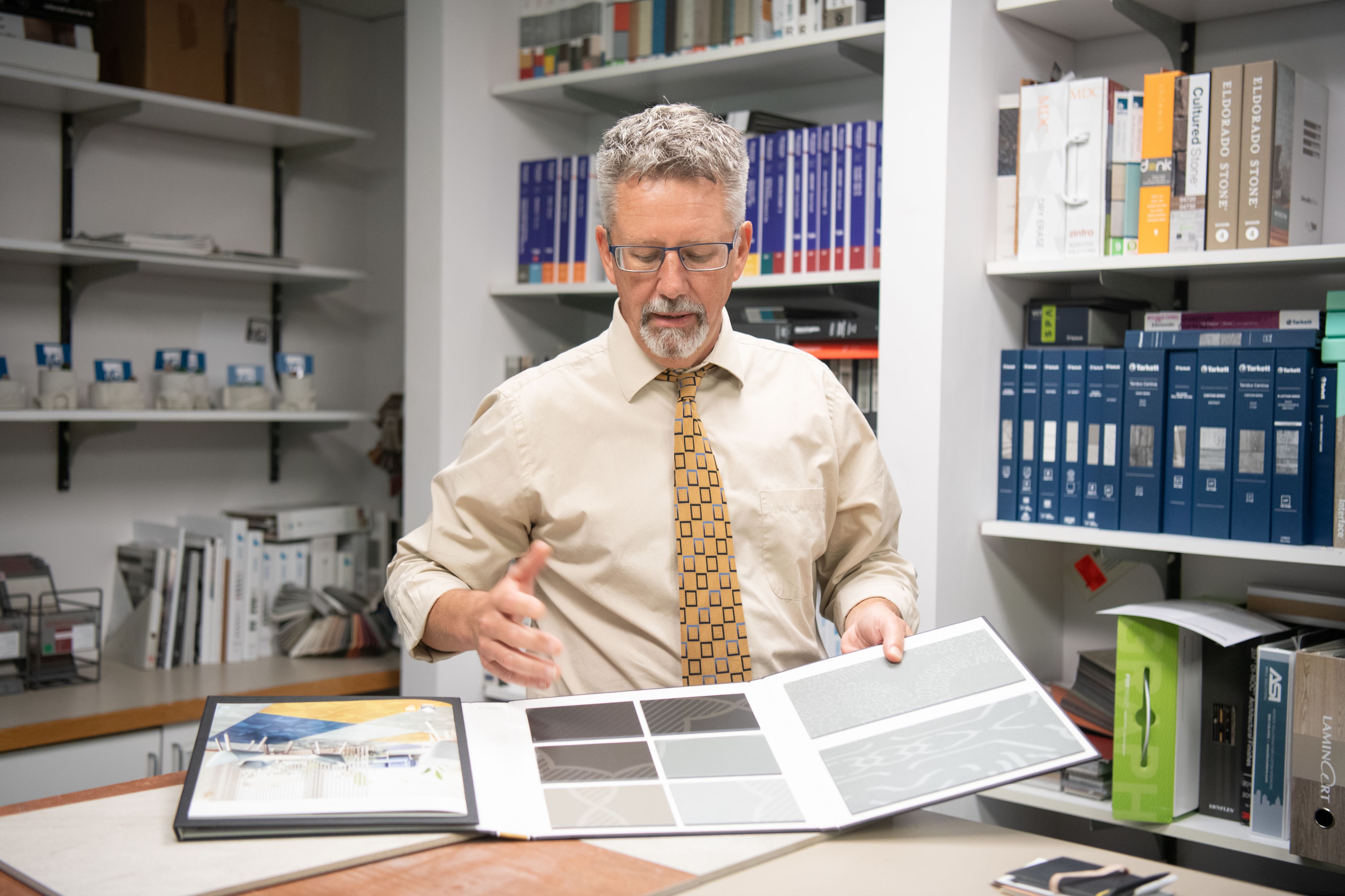


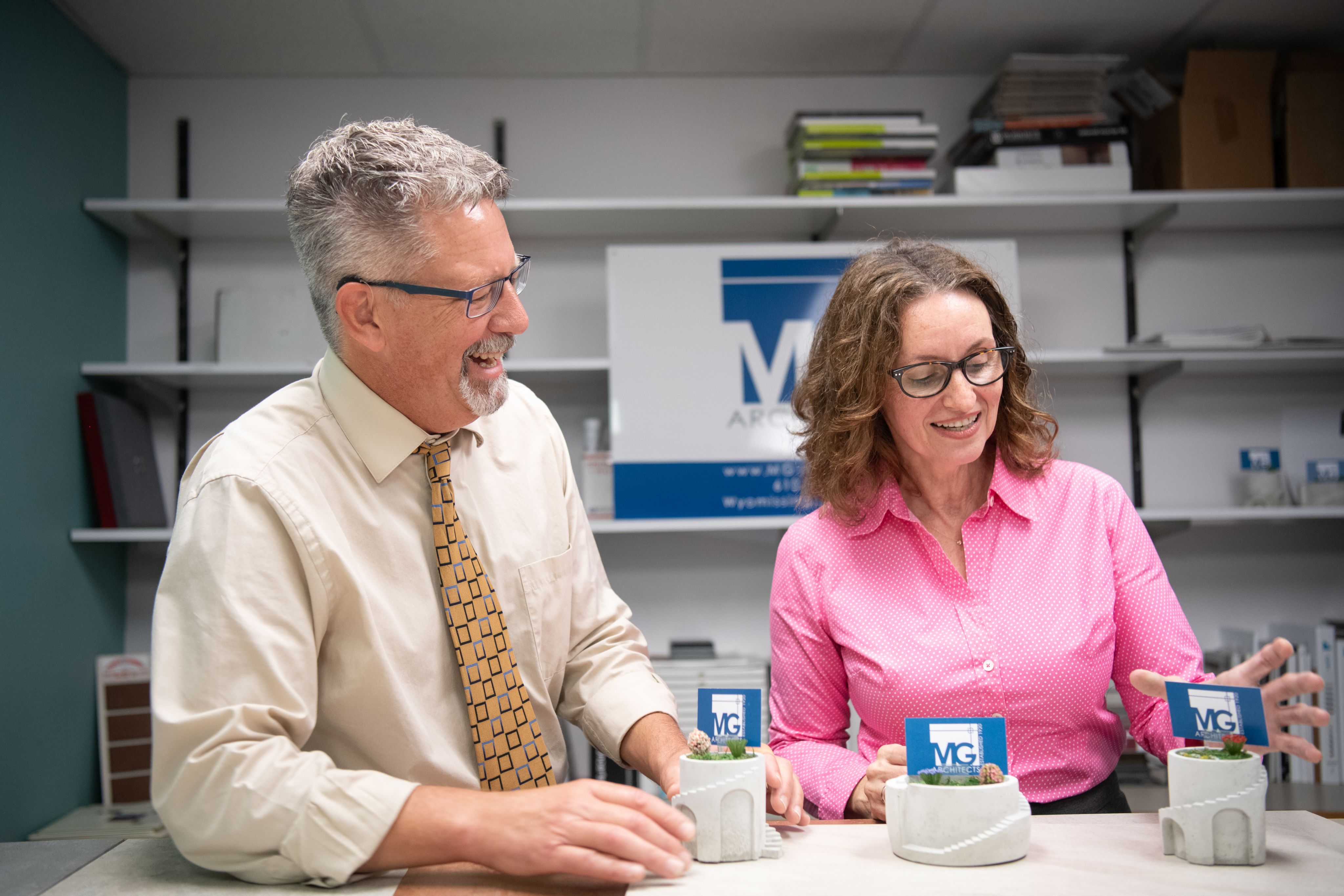

Innovation on the Horizon
In the coming months, MG Architects has some exciting new developments on the horizon—most notably, a move from an office complex to a dedicated new home. Legend has it that Mr. Muhlenberg would “move into” an office inside whatever project he was currently working on, resulting in a bit of a transient feel for MG Architects headquarters. In alignment with its philosophy of adaptive reuse, MG Architects are now turning its creative talents inward to transform a former orthodontics office into a beautifully-designed, state-of-the-art building. But no matter where MG Architects goes next, the spirit of its founders and the innovation of its leaders will forever live in the bricks and the mortar of Reading, Pa.

Interested in learning more about a GRCA membership and a chance to be featured in an upcoming feature story?


